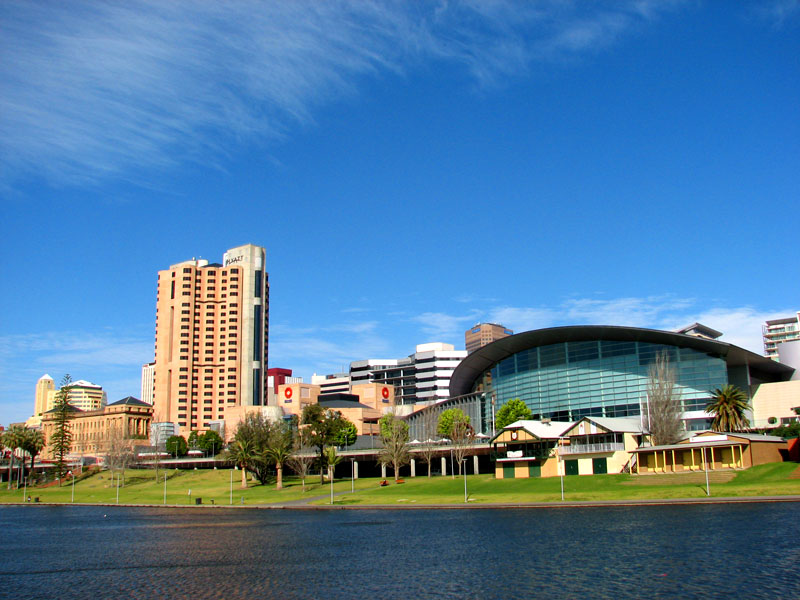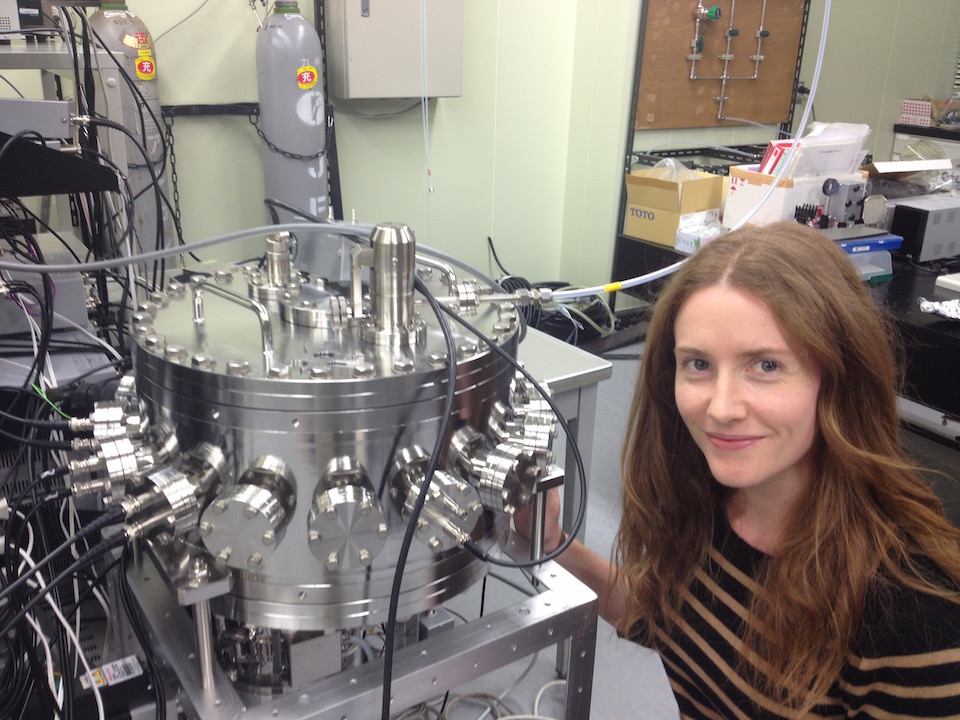I have recently dug out my raspberry pi computer, in order to make it act as a RAID array, and a ssh gateway, now that I live in a place of my own where I can select the network provider to one that allows incoming traffic. When I went to the raspberry pi website to get the latest operating system, I discovered that the Mathematica software comes for free with the Rasperry Pi standard Linux distribution these days. It remains a very expensive piece of software on other platforms.
Mathematica is a kind of programming language which is very high-level, in the lingo of such things. This means that it abstracts from the user as much of the basic operations of computer processors as possibles, and allows one to concentrate on the concepts that one is interested in -- in this case symbolic mathematics, broadly speaking. It gets used by mathematicians and physicists, amongst others, as a sophisticated tool, just in the way they use any other tool, be it a pencil, or calculus, to help them discover and understand new things. I have used it a little bit in the past (when I was a PhD student), when I was at an institution in which there was a license for the software. I never used it enough to really get to grips with it, but found it useful enough. Since then, I've become a lot more competent with its rival software Maple, thanks to having access at Surrey, and also having taken an Open University module which made use of it.
Today, thanks to my Raspberry Pi and the new licensing policy, I fired up Mathematica for the first time in ages. Here's a snapshot of me getting used to using it again -- in this case to plot a simple graph. I had Mathematica running on my Raspberry Pi, which sits under my sofa, with no monitor attached, while I was sitting in my office, on campus, taking a break from marking exam papers, using my office computer as a display.





